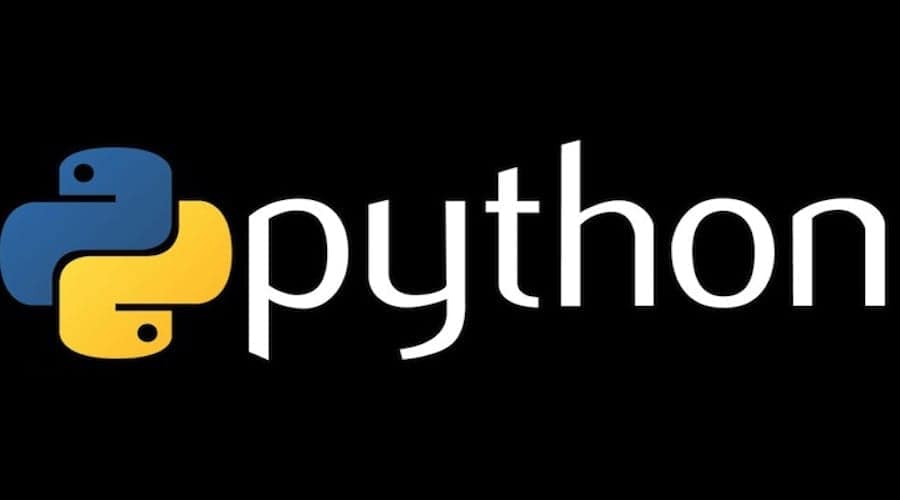Testing the code is essential. Tests are created to verify that a single component of code, usually modularized as a function, is actually giving the expected output. It is checked, to ensure that it performs as designed. There are many different types of automated testing and unit testing is one of them.
This is the first level of testing an application where the smallest testable parts called units of an application get tested in complete isolation to check that there is no error. This testing validates that each unit of the application performs as intended and if any error is found in the component of the code then it starts debugging from there.
In this article, we will learn about unit testing, its benefits, its framework, and how we can implement it using Python.
Let’s first start with the basic concept of Unit Testing.
The concept of Unit Testing
Unit tests are an essential part of regression testing to ensure that the code is stable and functions as designed. And the existing functionality in other parts of the code base has not been impacted by making changes to the code.
Executing the suite of tests enables the developers to get immediate feedback when they change some codebase. The primary focus here is to analyze, detect, and fix the errors quickly.
There are two approaches to testing your application. They are-
Black Box Testing – It tests the external behavior of the applications without knowing the implementation details of its module. When modules have been integrated to create a complex application at a later stage of the project, black box testing is a good option
White Box Testing – It tests the actual implementation of an application module. And provide the implementation insights to develop more comprehensive tests.
To perform unit testing, white box testing is used, especially when the application modules are smaller and their code is easier to comprehend.
Unit testing makes your code future-proof as it anticipates the cases where it might fail or produce a bug. It does not predict all of the cases, but still addresses most of them.
Benefits of adopting unit testing
- Testing the functionality of smaller units helps in finding and fixing bugs earlier before they affect more units.
- Frequently re-running all the test suites, assures that any recent modifications to the code don’t break its existing functionality. This Minimizes code regression.
- Faster than other types of testing like functional or integration testing because units are very small tests, this enables running several unit tests in seconds. Hence they’re executed more often.
- Reduced interdependencies between units.
- Provide better code coverage by breaking an application into the smallest testable components.
Manual Vs Automated Testing
Unit testing is a valuable skill to have for the developer because they are expected to write automated test scripts and ensure that each and every section or unit meets its design and behaves as expected. In automated testing, the execution of the test plan takes place by scripts instead of a human. Due to less or no human intervention, the chances of errors will be less.
Writing manual tests for code and checking the output manually is definitely a laborious and time-taking task. Python’s built-in unit testing framework has made developer’s lives a lot easier which helps them to check the application’s performance easily and accurately by saving their time.
Python provides tools and libraries that help in creating automated tests for your application. We will explore those tools and libraries here.
Unit Testing Vs Integration Testing
Unit testing is a smaller test, which is a test of a specific unit or component most commonly a function that checks whether a single component in an application is working in the right way or not. It is to get to know the exact problem in the tested code.
Whereas integration testing checks how all these multiple components that can be anything in code like functions, classes, or written modules fit together.
But with integration testing, there is a limitation that it does not give the expected result; this makes the situation hard to recognize which part of the system is falling. That is why considering unit testing is the best choice.
Unit tests are completely isolated; they don’t need to connect your application with external dependencies such as databases, the filesystem, or HTTP services. It makes them faster and more stable as they will not fail due to problems with those external services. Whereas integration tests rely on external dependencies which makes them slightly slower and difficult to set up.
Unit Testing Frameworks
A unit testing framework enables to quickly code unit tests and automate execution. In case a test fails, frameworks can save the results or provide an assertion.
Unit testing frameworks help to automate the testing process and allow you to run multiple tests on the same function with variable functions or configurations, look for expected exceptions, and many others.
There are a number of unit testing frameworks available for various programming languages. Some popular unit testing frameworks are Cucumber, Selenium, JUnit, and many more. Among them, JUnit is the most widely used open source framework for the Java programming language.
A great amount of time and resources can be saved with unit testing frameworks, the features it provides are-
Test Cases – A set of conditions that is used to determine whether a system under test works correctly is known as a test case.
Test Suite – Grouping together all the test cases for executing aggregate multiple similar unit tests we get a Test Suite.
Test Runner – A test runner is an organized and efficient way of running test cases and test suites. It is a component that sets up the execution of a series of test cases and provides the outcome of the test result to the user.
Test Fixture – A predefined state or fixed environment for running tests and ensuring that the results are repeatable across multiple test runs.
Before proceeding ahead it is important to have a basic idea of what Python Unit Testing is.
Python Unit Testing
Unit testing is a great technique to check that each part of your code works as designed, it can make them pass or fail. Here we will discuss how to get started with unit testing with Python.
There are a number of unit testing frameworks available for various programming languages. And one of the popular unit testing frameworks is using Python.
There is a module in Python’s standard library called Unittest, which contains tools for testing the unit of source code. The Unittest module plays a vital role when writing huge code. It provides the facility to check the output if it is correct or not.
Python’s unit testing framework was inspired by JUnit, a framework of Java programming language. People from Java backgrounds can get a hold of it very easily. It has many similar features to major unit testing frameworks in other languages.
Python’s unit testing framework offers various features like test automation, easier test execution, and faster report generation. It does not require any extra effort to install, as it belongs to Python coding standard library,
Choosing a Test Runner
Test runners are specially designed for testing the output, and running tests. They provide tools for fixing and diagnosing tests and applications. There are many test runners, but here we will discuss the one built into Python that is Unittest. The principles of unittest are movable to other frameworks.
Choosing the best test runner as per your requirements is important. Consider these most popular test runners discussed below. We will discuss each in brief.
- Unittest
- PyUnit
- nose or nose2.
- pytest
unittest
unittest is a unit testing framework inspired by JUnit(unit testing framework for Java)and has been built into the Python standard library back in the 2.1 version.
So the developers switching from Java to Python will find it easy to use. It contains both a testing framework and a test runner.
For writing and executing tests it requires the code to be written into classes as methods and the sequence of special assertion methods in the TestCase class apart from the built-in assert statement.
PyUnit
PyUnit is Python’s built-in unit testing framework and Python’s Python implementation of JUnit, a version of the corresponding JUnit testing framework for Java. To get started building a test file to use PyUnit, we need to import the unittest library.
PyUnit is an excellent place to start setting up Python test automation. It provides you with all the essential tools needed to create automated tests, but it is just a basic set of tools. You still need tools to automate running the tests and collecting the documents. This is where Nose comes in.
nose
When there is a need to write hundreds of test lines for application or sometimes even more, then it becomes increasingly hard to figure out and use the output from unittest.
The nose test runner can be a suitable substitute for the unittest test runners because it is compatible with all tests that are written using the unittest framework. The latest version of the nose is nose2.
Nose2 adds support for automatic test discovery and plugins for test execution and collecting results.
pytest
Pytest is an essential Python test library, it uses Python decorators and assertions. The pytest test runner allows the execution of unittest test cases. The actual benefit of the pytest is writing pytest test cases that are a sequence of functions in the Python file.
Some of its real advantages are- it Provides support for a number of plugins to extend the functionality, can rerun from the last failing tests that simplify code coverage, allows to run tests in parallel, and helps in cleaning test cases.
All the above benefits make pytest easier to manage large code bases as compared to PyUnit.
Conclusion
To simplify your unit testing process it is the best choice to use frameworks that support multiple programming languages to make it easy for testers and developers to perform automated tests in their preferred language.
There are number of frameworks are available for that, and LambdaTest is one such platform that supports automated test script creation in several programming languages like Python, Ruby, Pearl, Java, C++, C#, Javascript, etc.
This platform allows you to automate the unit testing process and improve the outcomes of unit testing. It is a cloud-based solution used to automate web, mobile app testing, cross browser testing, parallel testing, and many more.
It enables you to choose among a wide range of more than 3000 real devices, desktops, browsers, and operating systems with their respective versions for testing web applications in real-time.
LambdaTest helps in enhancing unit testing and test coverage of your application as well as reducing regression issues and bugs reaching the end product. With robust automation, it ensures higher quality applications at a high speed.







